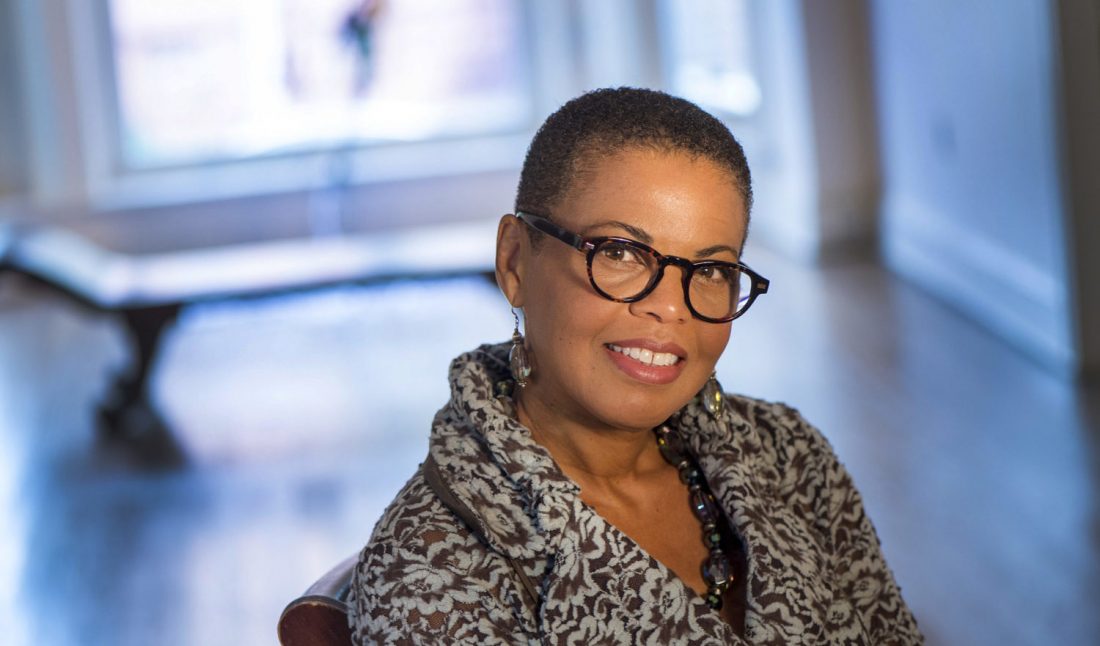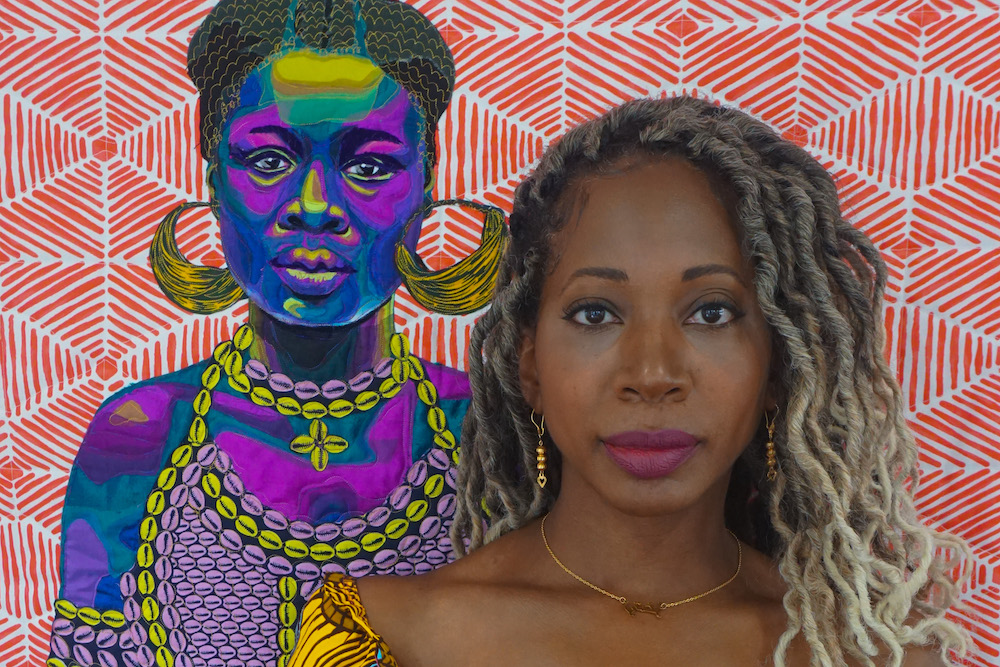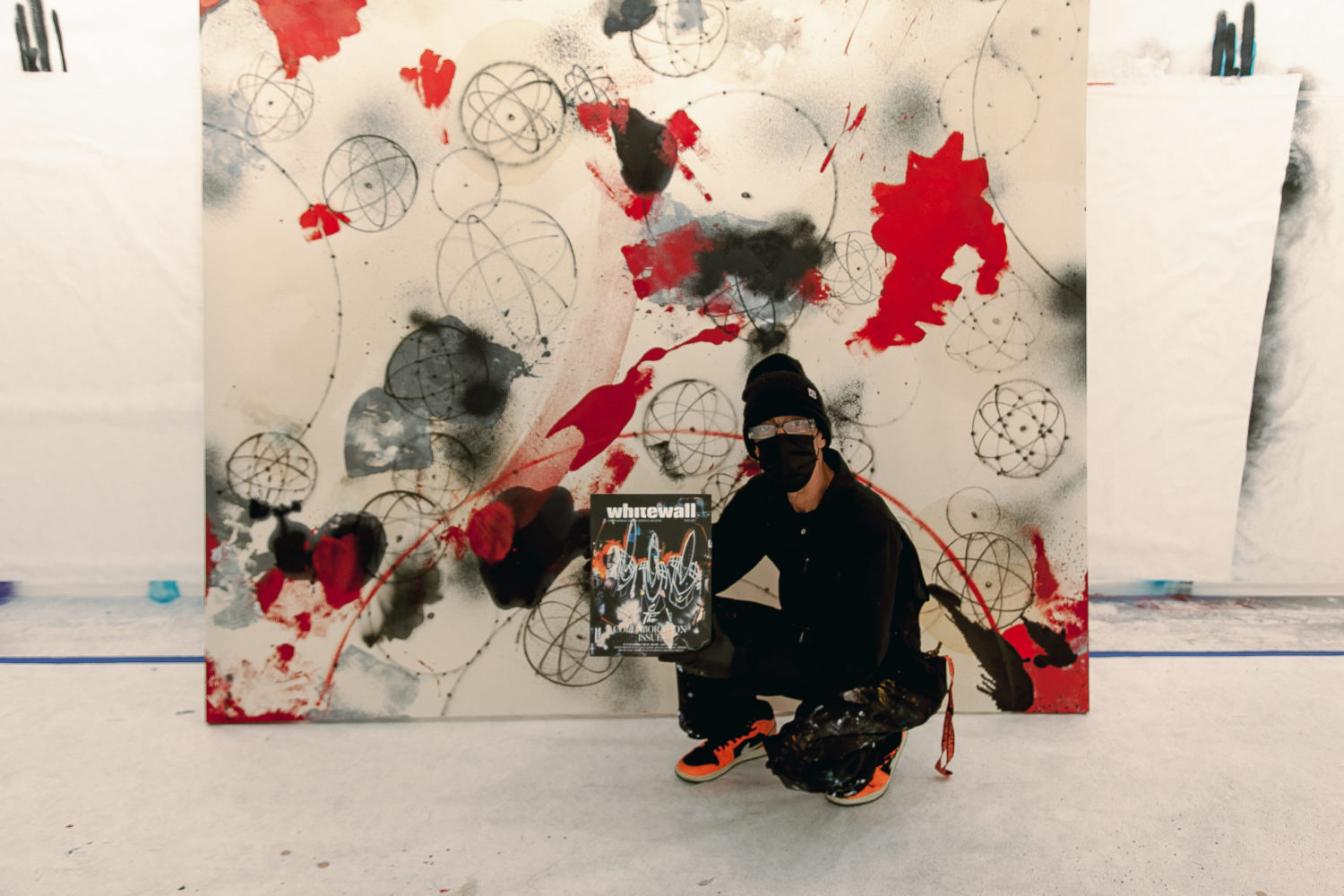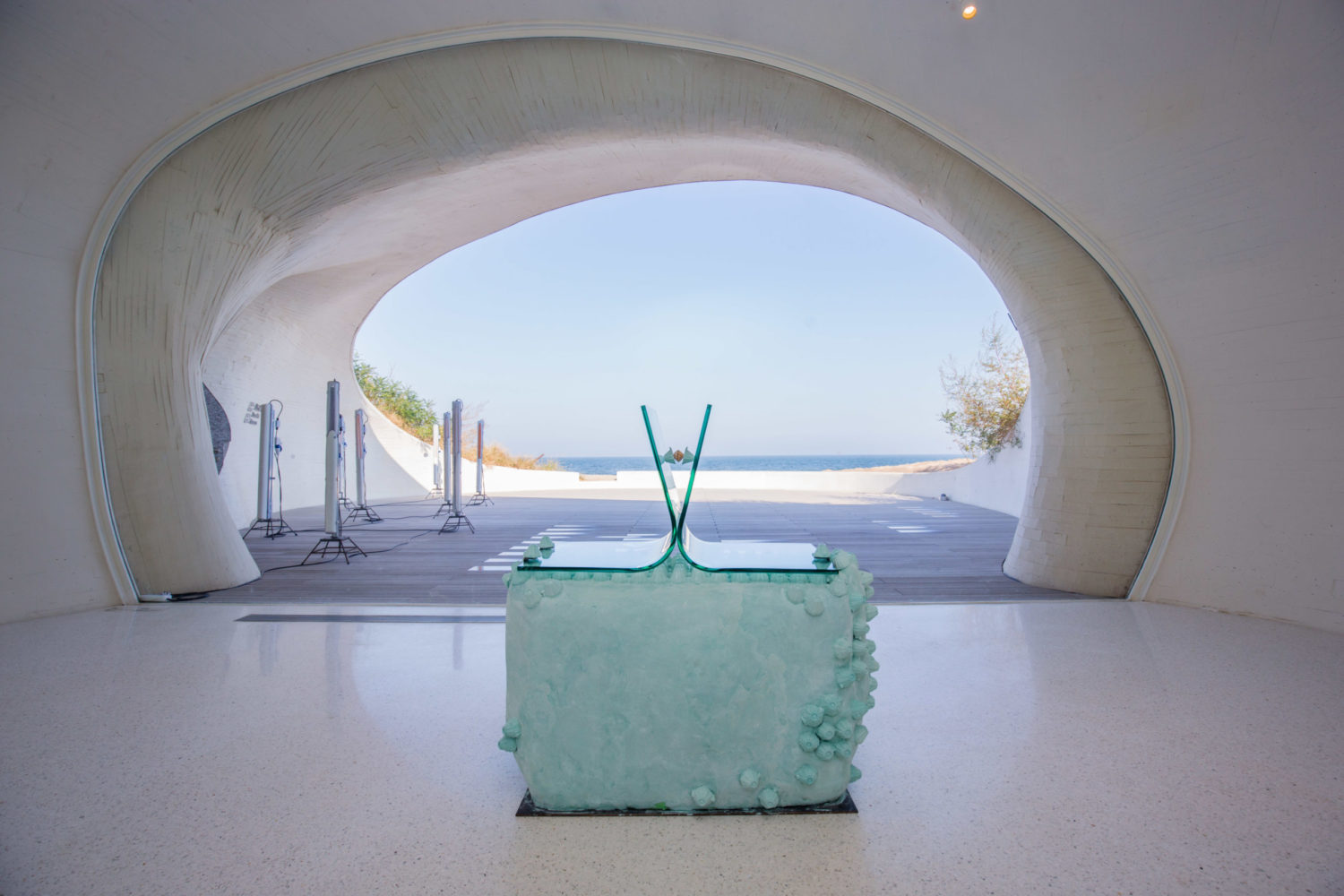Galerie Myrtis in Baltimore, Maryland, presents “Women Heal through Rite and Ritual” through the end of the year. The show’s focus was conceived prior to this year’s health crisis, and yet its timing could not be more fitting. Work by artists Lavett Ballard, Tawny Chatmon, Oletha DeVane, Shanequa Gay, Delita Martin, Elsa Muñoz, and Renée Stout look to non-Western traditions of the women’s role as nurturer, both physically and spiritually.
Since launching the gallery in 2006, founding director Myrtis Bedolla has developed one of the most impactful programs and community of artists in the U.S. She spoke with Whitewall about supporting and providing context for the work of the artists she represents.
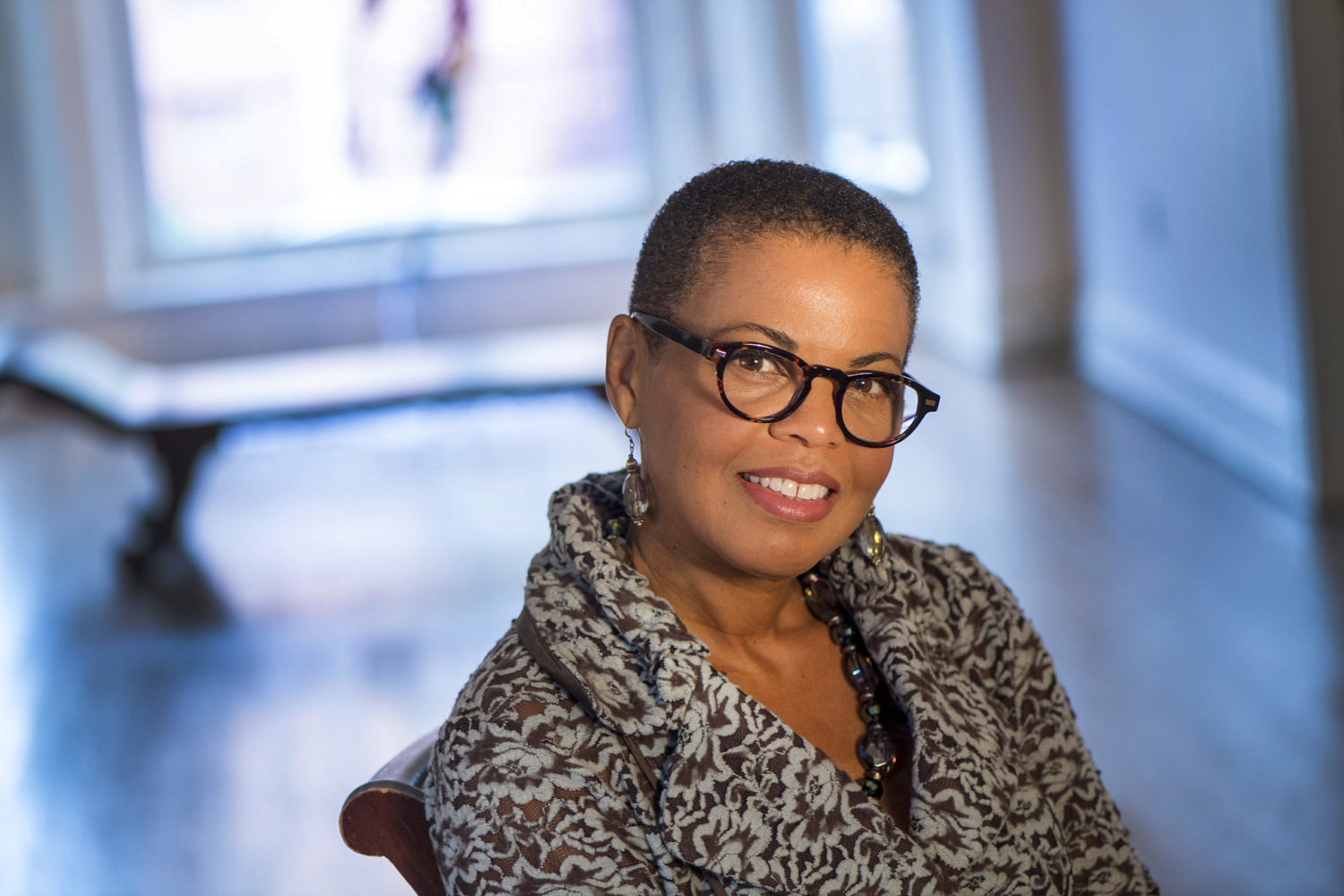 Portrait courtesy of Myrtis Bedolla.
Portrait courtesy of Myrtis Bedolla.
WHITEWALL: What was your vision for the gallery when it was founded?
MYRTIS BEDOLLA: My vision, upon founding Galerie Myrtis, was to create a space for artists to exhibit and sell their work and a place where collectors could discover emerging talent.
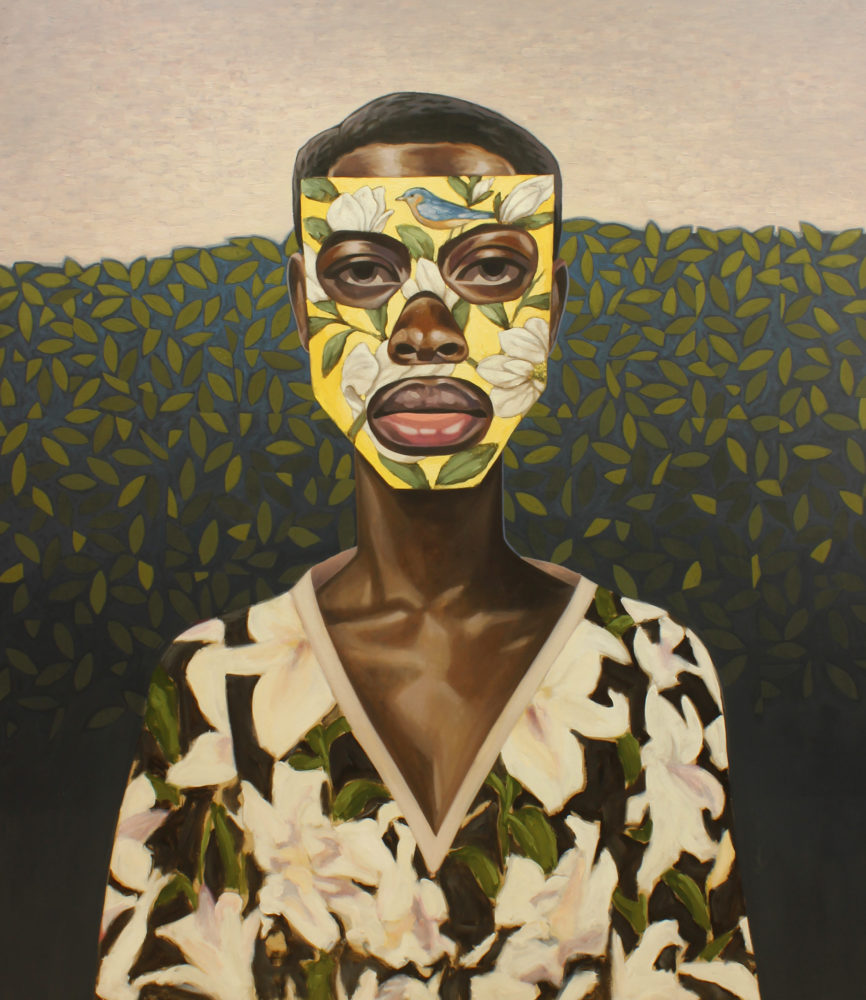 Ronald Jackson, “A Dwelling down Roads Unpaved,” 2020, courtesy of the artist and Galerie Myrtis.
Ronald Jackson, “A Dwelling down Roads Unpaved,” 2020, courtesy of the artist and Galerie Myrtis.
WW: How has it evolved since then?
MB: It has evolved from a vision to a mission. The mission is to utilize the visual arts to raise awareness for artists—known or unknown—who deserve recognition for their contributions in artistically portraying our cultural, social, historical, and political landscapes; and to recognize art movements that paved the way for freedom of artistic expression.
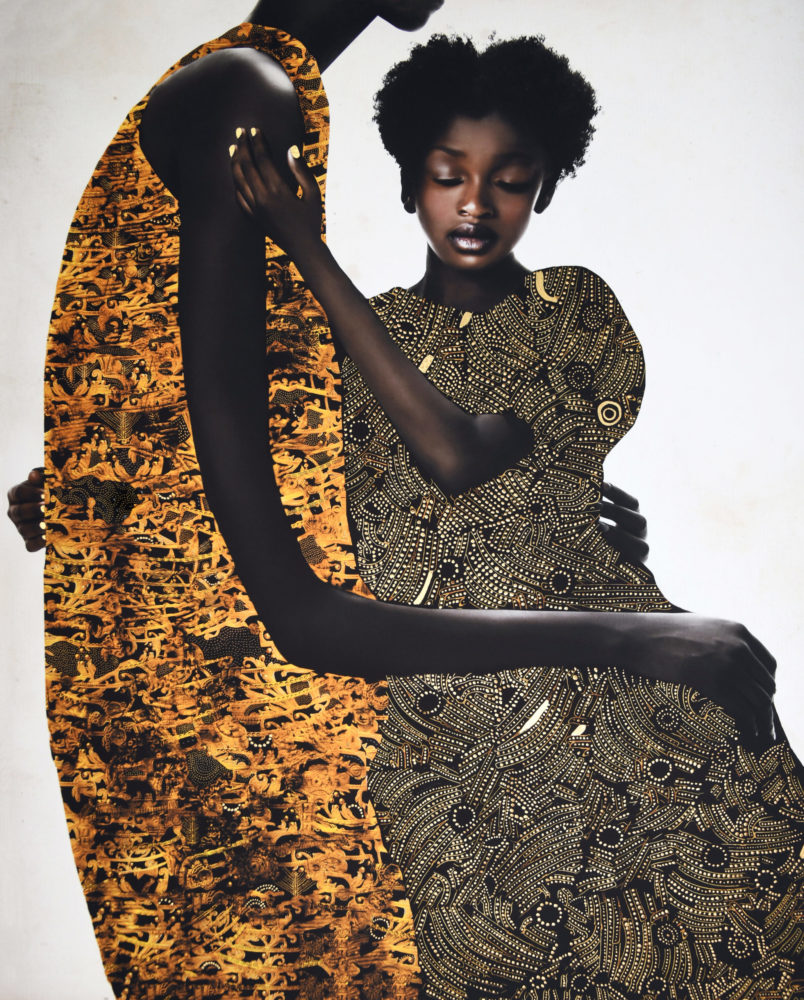 Tawny Chatmon, “Mother God,“ 2020, courtesy of the artist and Galerie Myrtis.
Tawny Chatmon, “Mother God,“ 2020, courtesy of the artist and Galerie Myrtis.
I felt a greater sense of responsibility toward the artists to contextualize their work, and to educate society about its relevance—to deploy the art to address discrimination through politically and socially engaged exhibitions and to develop programming that engages the public.
WW: How would you describe your ideal gallerist/artist relationship?
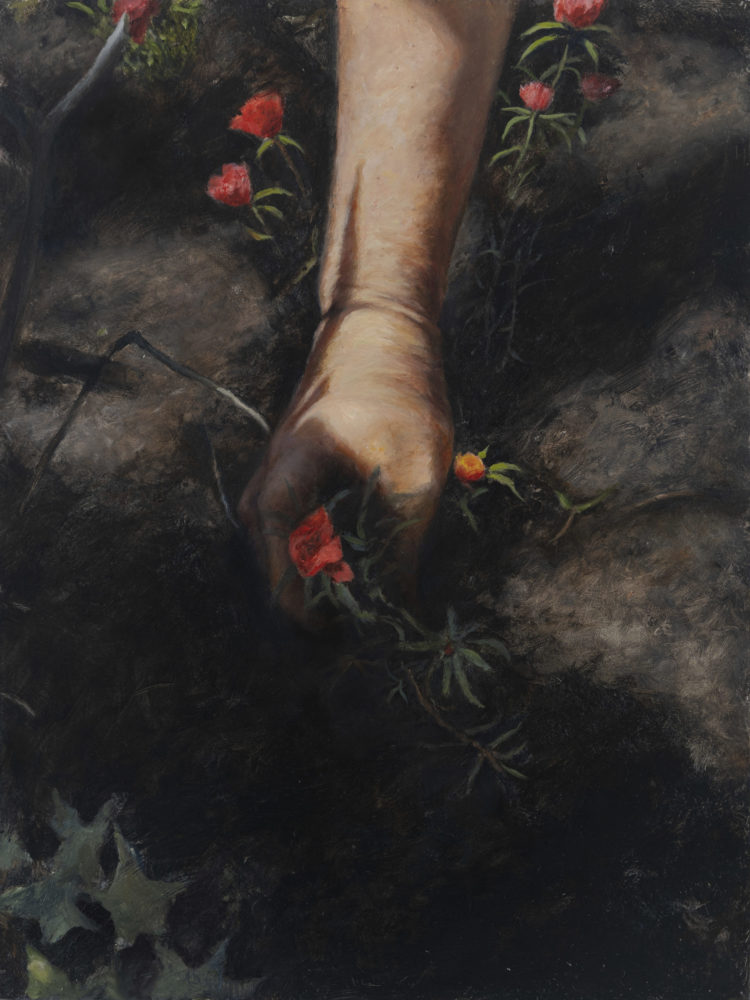 Elsa Munoz, “Mano y Tierra 2,” 2019, courtesy of the artist and Galerie Myrtis.
Elsa Munoz, “Mano y Tierra 2,” 2019, courtesy of the artist and Galerie Myrtis.
MB: I would describe my relationship with the artists I represent as one of mutual respect. I may be an anomaly in this industry, but it is my belief that being in a position to represent artists is a privilege. I realize that artists will come and go, but I am honored that each has granted me the opportunity to work with them. And in turn, we work in concert with one another. They produce exceptional work. I not only serve to sell their work, but to expose it beyond my gallery walls.
WW: How do you bring new artists onto your roster? When does it make sense?
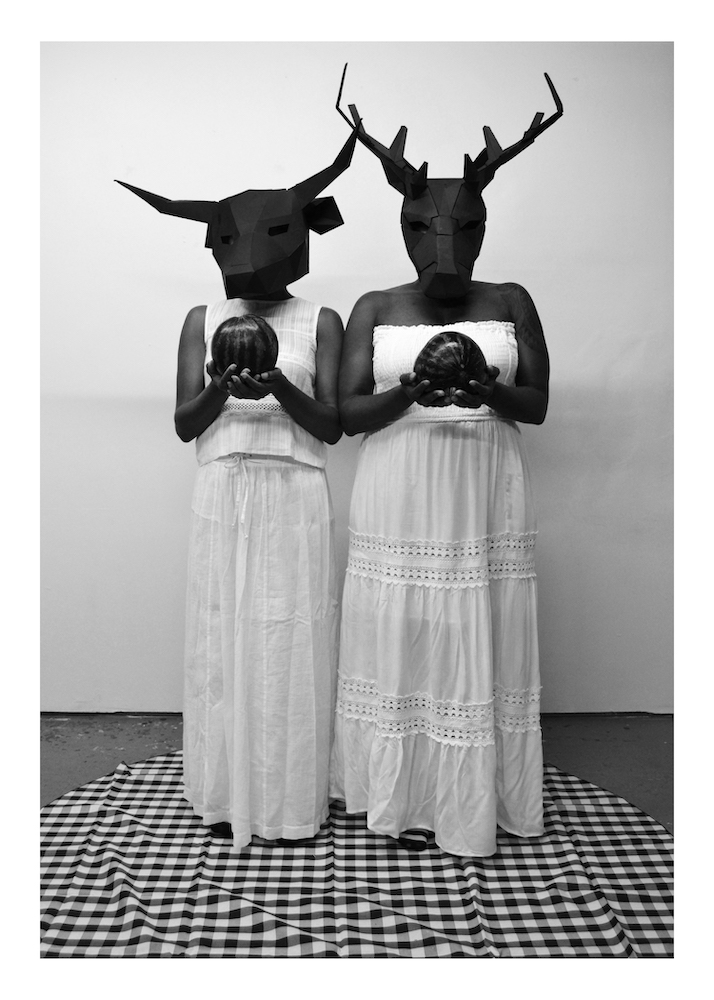 Shanequa Gay, “in praise,” 2019, courtesy of the artist and Galerie Myrtis.
Shanequa Gay, “in praise,” 2019, courtesy of the artist and Galerie Myrtis.
MB: I am very fortunate to represent several of the most important artists on the contemporary art scene. When considering a new artist to add to my roster, the decision is made with great discernment. I look for an artist who expresses a unique voice in their work, possesses the ability to create thought-provoking imagery, and displays exceptional talent. I recently signed on Monica Ikegwu. She and all the artists represented by the gallery reflect a well-thought-out approach in their artmaking and storytelling.
WW: What was the starting point for your current show, “Women Heal through Rite and Ritual”?
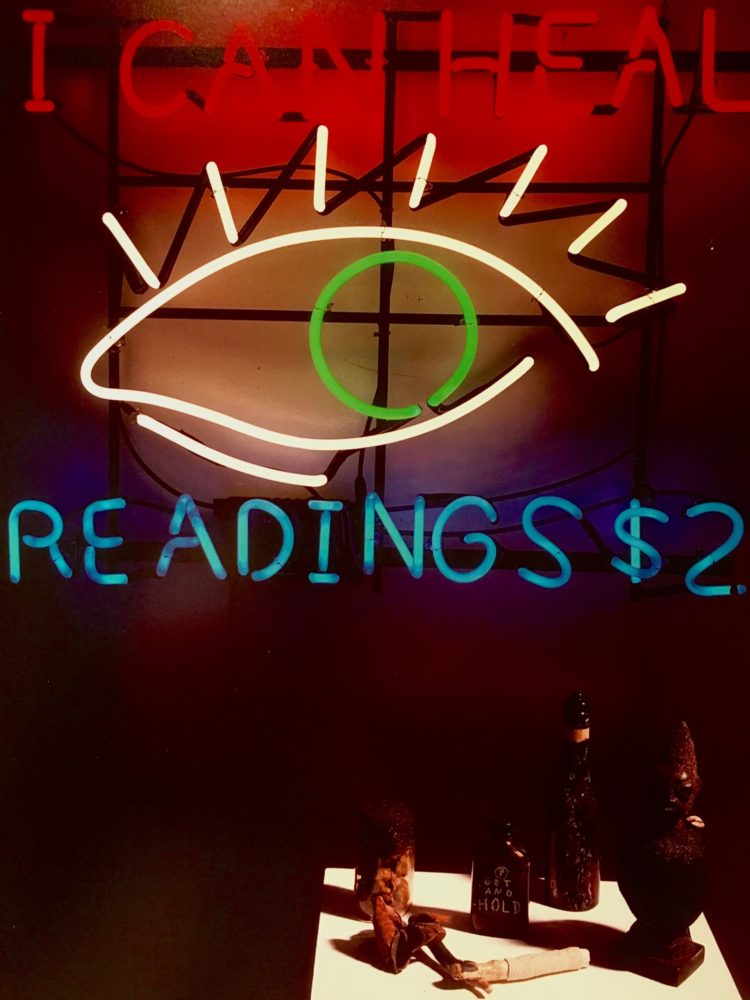 Renee Stout, “I can Heal,” 2000, courtesy of the artist and Galerie Myrtis.
Renee Stout, “I can Heal,” 2000, courtesy of the artist and Galerie Myrtis.
MB: I have witnessed the transformative power of art and its ability to heal. The “Women Heal” exhibition allowed me to investigate this phenomenon further, looking to non-Western traditions of healing and spirituality. The seven women artists in the exhibition draw from either African or Mexican diasporic spiritual and religious practices for inspiration. The gallery space is filled with the spirit of personal ruminations, tableaus of traditional folk medicines, and imagery of female deities from the mythical and spiritual realms. The exhibit is among the most powerful I’ve presented.
WW: You recently curated “Renaissance Noir” at UTA Artist Space in L.A. Can you tell us about putting together that exhibition?
MB: The invitation to curate the exhibit was extended nearly a year ago by Arthur Lewis, who was then the newly appointed creative director of UTA Fine Arts and UTA Artist Space. What I sought to achieve in curating the exhibit was to present the Black experience in America emancipated from a Eurocentric lens. And to demonstrate, through intergenerational narratives, that the issue of systematic racism that artists were addressing in their work during the sixties remains a concern today. African Americans must continue to claim agency over “otherness.”
WW: The gallery has been hosting digital programming, like “Artist Shorts” and “Tea with Myrtis.” How has your approach as a gallery changed over the past few months—and how has it affected your interactions with artists and collectors?
MB: Because of the virus I definitely had to rethink my approach to interacting with artists and engaging collectors. The “Artist Shorts” and “Tea with Myrtis: Artistically Speaking” series were born out of a new marketing strategy to provide virtual experiences that are educational and rich in content. I believed the best approach was simply to lead with the artists and allow them to talk about their work and share their personal stories. I don’t know what could be more compelling.







